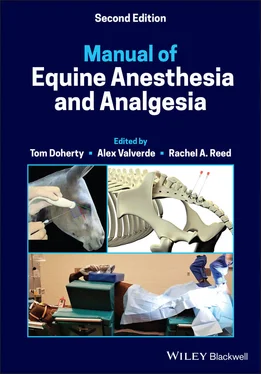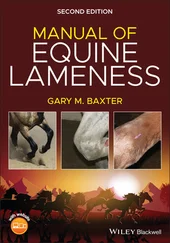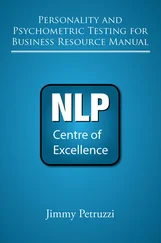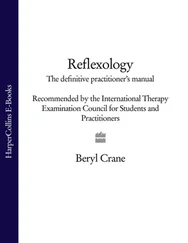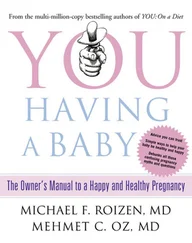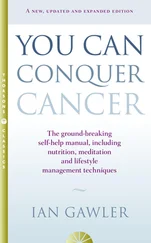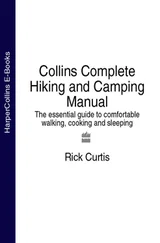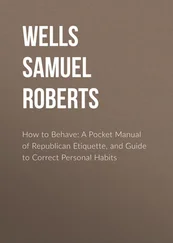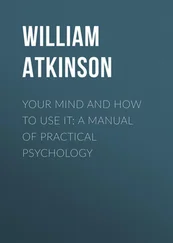The effects of these drugs on capacitance veins (venous return) may be as important as their inotropic actions and more important than arteriolar effects.
B Drugs that cause release of NE from nerve endings
Certain drugs have an indirect sympathomimetic action, rather than directly exciting adrenergic effector organs, and cause release of NE from its storage vesicles in the SNS nerve endings (e.g. ephedrine).
C Drugs that have a PNS potentiating effect (anticholinesterase drugs)
These drugs inhibit acetylcholinesterase, preventing rapid destruction of ACh so that it accumulates at muscarinic and nicotinic receptors.
Neostigmine and edrophonium are mainly used for reversal of non‐depolarizing neuromuscular blockade (nicotinic effect). Neostigmine has also been administered parenterally to promote GI motility in horses.
Simultaneous administration of an anticholinergic prevents unwanted muscarinic signs (bradycardia, salivation, bronchospasm, intestinal hypermotility) without preventing the nicotinic effects of ACh.
D Drugs that block cholinergic activity at effector organs (antimuscarinic drugs) (see Table 7.5)
These drugs block the action of ACh on the muscarinic type of cholinergic effector organs, but do not affect the nicotinic action of ACh on the postganglionic neurons or on skeletal muscle (e.g. atropine, glycopyrrolate).
Table 7.4 Cardiovascular effects of adrenergic agonists.
| Agent |
HR |
CO |
SVR |
VR |
MAP |
Arrhythmias |
RBF |
AR |
CNS stimulation |
| Phenylephrine |
− |
− |
+++ |
++ |
+++ |
0 |
− |
0 |
0 |
| Norepinephrine |
− |
− |
+++ |
++ |
+++ |
+ |
− |
0 |
0 |
| Epinephrine |
++ |
++ |
+ |
+ |
+ |
+++ |
− |
− |
+ |
| Ephedrine |
++ |
++ |
++ |
++ |
++ |
++ |
± |
− |
+ |
| Dopamine |
+ |
++ |
− |
+++ |
− |
+ |
+++ |
0 |
0 |
| Dobutamine |
+ |
+++ |
0 |
± |
+ |
± |
++ |
0 |
0 |
| Isoproterenol |
+++ |
+++ |
− |
− |
± |
+++ |
− |
− |
+ |
HR = heart rate, CO = cardiac output, SVR = systemic vascular resistance, VR = venous return, MAP = mean arterial pressure, RBF = renal blood flow, AR = airway resistance. + = increase, − = decrease, 0 = no change.
Note : Dopamine decreases SVR and MAP in the horse at clinical doses.
Table 7.5 Comparative effects of anticholinergic drugs.
| Anticholinergic |
Salivary and respiratory secretions |
HR |
Relax smooth muscle |
Mydriasis |
↓ Gastric H +secretions |
GIT tone |
Alter fetal HR |
| Atropine |
− |
+++ |
++ |
+ |
+ |
− |
+ |
| Glycopyrrolate |
− |
+++ |
+++ |
0 |
+ |
− |
0 |
| Scopolamine |
− |
+ |
+ |
+++ |
+ |
− |
+ |
HR = heart rate, GIT = gastrointestinal tract.
+ = increase, − = decrease, 0 = no change.
VII Clinical use of autonomic drugs
The primary use of autonomic drugs in horses during anesthesia is the support of blood pressure.
A Hypotension (see Chapter 38)
Dobutamine and ephedrine are “first‐line” drugs for correcting hypotension in horses.
Dopamine, at clinical doses, increases the cardiac index in horses, but it decreases arterial blood pressure due to a decrease in SVR. Dopamine administration has been associated with the development of ventricular arrhythmias, particularly in halothane anesthetized horses.
Phenylephrine administration causes an increase in arterial blood pressure, due to an increase in SVR, but it decreases cardiac index and heart rate.
Epinephrine is primarily used in cardiac arrest and anaphylactic shock.
It not a “first‐line” drug for correcting hypotension.
Atropine and glycopyrrolate are indicated for treating patients with intraoperative bradycardia.However, it is rarely necessary to correct bradycardia in horses.
Atropine is considered a “first‐line” drug in severe bradycardia.
Norepinephrine use is reserved for treating patients in circulatory shock.It is not recommended for the treatment of healthy anesthetized horses with hypotension.
In septic patients, the co‐administration of dobutamine may improve its effect on splanchnic blood flow.
β2 agonists (e.g. clenbuterol) are used to treat recurrent airway obstruction (RAO) in horses, usually in association with a corticosteroid.
The anticholinergic drugs, particularly atropine, cause bronchodilation and can be used during an acute episode of RAO. Administration of atropine (0.02 mg/kg, IV) should result in a noticeable decrease in respiratory effort within 30 minutes of administration, and this should aid in confirming the diagnosis of RAO.
F Priapism (see Chapter 38)
Phenylephrine can be used to treat priapism.
Phenylephrine HCl: 5–10 mg diluted in 10 ml of physiologic saline solution injected into the corpus cavernosum penis usually results in rapid resolution of the condition.
G Reversal of neuromuscular block (see Chapter 15)
As previously mentioned, neostigmine and edrophonium are used to reverse non‐depolarizing neuromuscular blockade. They should be administered slowly IV, and an anticholinergic drug (e.g. atropine) is usually administered concurrently to prevent adverse muscarinic effects, particularly bradycardia.
When used to treat ileus, neostigmine is administered subcutaneously or by a slow IV infusion, thus bradycardia is less likely to occur.
Scopolamine, also known as hyoscine‐N‐butylbromide, is a competitive antagonist of ACh at muscarinic receptors. It is used clinically in association with the NSAID dipyrone to treat horses with spasmodic colic, and to relax the rectum for a per‐rectum examination of the abdomen, primarily in horses with colic. It has also been used to treat anesthetized horses with bradycardia.
1 Abraham, G. (2016). The importance of muscarinic receptors in domestic animal diseases and therapy: current and future perspectives. Vet. J. 208: 13–21.
2 Schauvliege, S. and Gasthuys, F. (2013). Drugs for cardiovascular support in anesthetized horses. Vet. Clin. North Am. Equine Pract. 29: 19–49.
Конец ознакомительного фрагмента.
Текст предоставлен ООО «ЛитРес».
Прочитайте эту книгу целиком, купив полную легальную версию на ЛитРес.
Безопасно оплатить книгу можно банковской картой Visa, MasterCard, Maestro, со счета мобильного телефона, с платежного терминала, в салоне МТС или Связной, через PayPal, WebMoney, Яндекс.Деньги, QIWI Кошелек, бонусными картами или другим удобным Вам способом.
